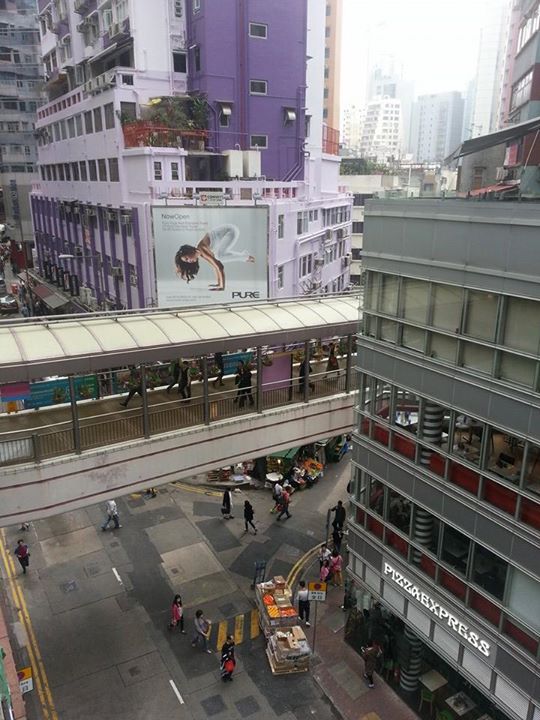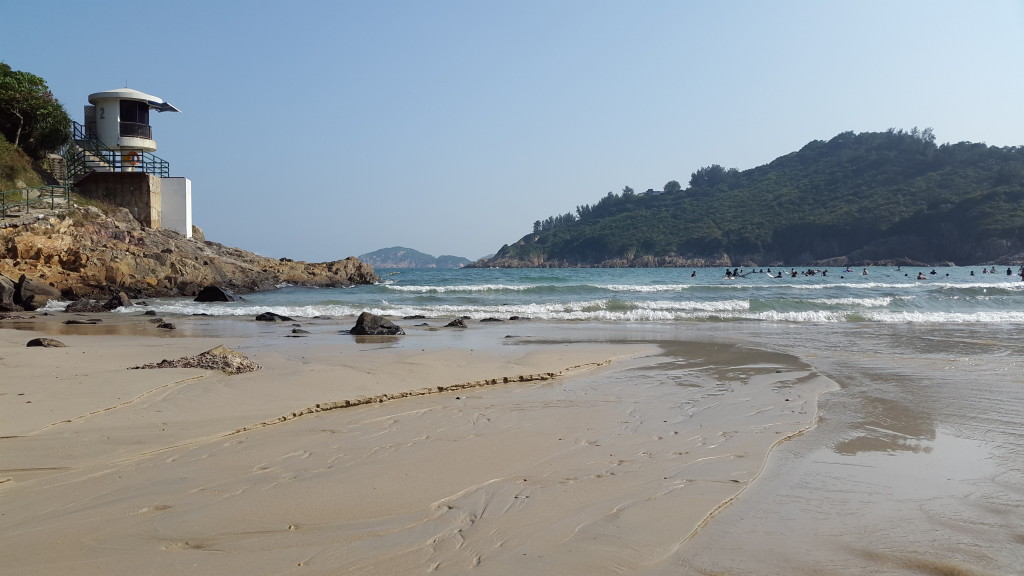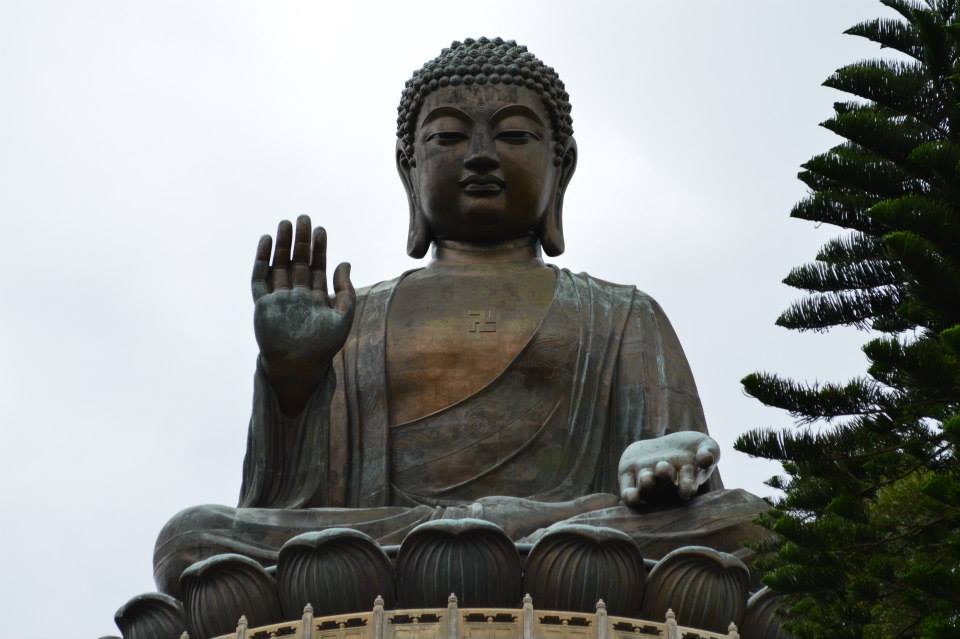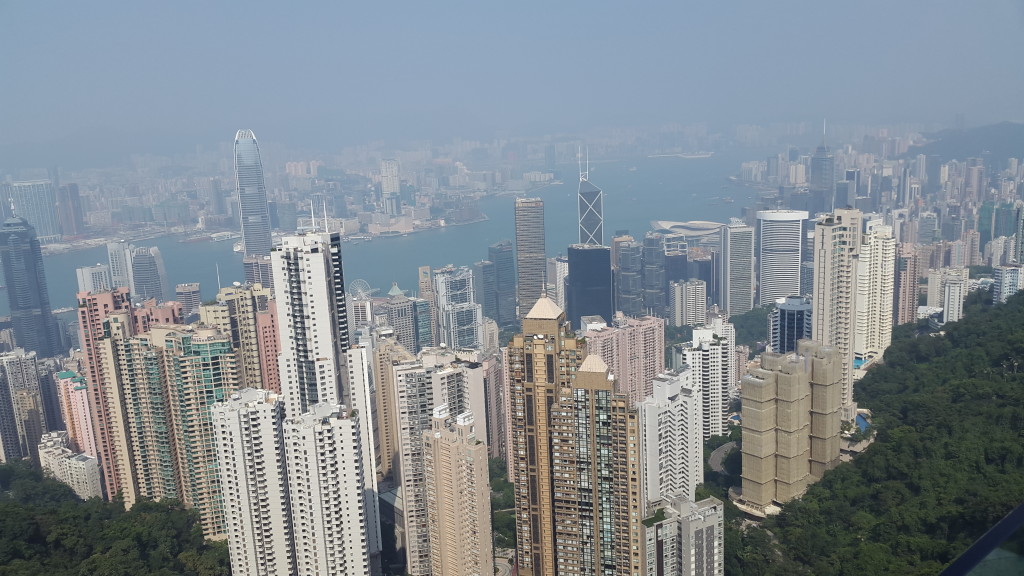
Hong Kong’s Mid-levels is an affluent neighborhood halfway up Victoria Peak, directly above Central. I’ve visited Hong Kong several times now, enough to know what I like and what I don’t and to make some recommendations that I hope are useful to the reader. This is not intended to be a comprehensive list of things to do and see in Hong Kong, just some recommendations based on my own experiences. Hong Kong is an expensive city and not all of my recommendations are for the budget traveler.
Neighborhoods And Attractions
Mid-Levels (半山區)
If it’s your first visit, you may want to stay closer to the Central District (or “Central” as it’s usually called), near Lan Kwai Fung or Wan Chai, depending on what kind of experience you’re looking for. But for my money, Mid-levels provides the best value. While it’s expensive to live in this neighborhood, hotels are surprisingly affordable. For example, the last time I visited I stayed at
Bishop Lei International House and paid around $100 USD for a one bedroom suite with floor to ceiling windows and a breathtaking view of the city. You’ll pay twice that for a 20 square meter (250 square foot) room near Central. And while you’re a bit away from the Central District, there’s an outdoor escalator (Mid-levels Escalator) that takes you down and back. So you can enjoy the nightlife and then at night have your peace and quiet and enjoy the view. The neighborhood itself, while mostly residential, has a few nice coffee shops and a great Thai restaurant. You’re also very close to the Jamia Mosque, which is worth checking out.
Wan Chai (灣仔)
This is the red light district. Mix cheap alcohol with legalized prostitution and this is what you get. If this is what you’re into, there are lots of resources out there. For me, it was fun to see it once but I wouldn’t go back. Too many drunken expats and poor, desperate working girls from Indonesia and the Philippines. But visit during the day and you’ll find some good, cheap food and you won’t have to deal with bar fights and staggering drunks.

Lan Kwai Fung (蘭桂坊)
Referred to by the locals as LKF, this is where you go to party. It’s not as seedy as Wan Chai (though you still see working girls in the bars). If you’re young and don’t mind the crowds, it can be a fun time. But be careful if you go alone — the drinks are strong.
SoHo (中環蘇豪區)
This is where I usually end up. Following Central-Mid-Levels Escalator, this is where you find good food, fun bars and quieter, more subdued nightlife. Popular with expats, you’ll find a lot of international restaurants and pubs here. It’s a bit pricey here so not for the budget traveler.
Central District (中環)
As its name implies, this is the Central Business District (CBD). Here you’ll find the banks and office buildings and also the high end shopping centers. I recommend getting a shave and haircut at Mandarin Oriental, a beautiful building with an old-fashioned full-service barber shop on the second floor.
Dragon’s Back (龍脊)
If you want to get out of the city and enjoy a day of hiking with panoramic views of the city, I recommend Dragon’s back. It’s a long hike so try to time it with the weather. You’ll be in the woods for part of the hike but exposed to the sun for most of it. There’s an optional trail that takes you down to the beach, which I recommend if you don’t mind the walk back up.

Tian Tan Buddha (天壇大佛)
If you enjoy Buddhist statues and temples as I do, Tian Tan Buddha is not to be missed. The statue itself is 34 metres (112 ft) tall and can be seen from quite a distance from the cable car you’ll ride to get there, which also affords views of Lantau Island, Ngong Ping Plateau and the South China Sea. Take MTR Tung Chung line all the way to the terminus at Tung Chung where you’ll follow signs to the cable car.

Avenue of Stars (星光大道)
Avenue of Stars is a promenade along the waterfront in Tsim Sha Tsui East, Kowloon. It’s intended as a tribute to the film industry in Hong Kong, their version of the Hollywood Walk of Fame, complete with stars in the sidewalk and statues of famous Hong Kong actors, with Bruce Lee being the most famous and popular. A walk along the promenade also offers views of the boats on Victoria Harbour and skyline across the way, including the Hong Kong Convention and Exhibition Center (worth a visit when you’re back on that side of the water). You’ll also pass the Museum of Art, worth a look even if you just look at the outdoor exhibits. Getting to the Avenue of Stars is easy by MTR, but I recommend the ferry ride instead.

Victoria Peak (太平山)
Victoria Peak, known locally as “The Peak” is the highest mountain on Hong Kong island at 1,811 ft (552 m) and, naturally, offers stunning views of the city and harbor below. Access is easy via the Peak Tram from Central, easily located by following the signs. You’ll board the tram near St. John’s Cathedral (聖約翰座堂), worth a look if you have time.

Logistics
Transportation from the airport
The best way to get to most locations in Hong Kong is to take the Airport Express train two stops from the airport to the city center at Hong Kong (香港) Station. In the airport, follow the signs to the Airport Express and on the platform, you’ll see the Customer Service Centre, with English speaking staff. They’ll sell you an Octopus Card for HK$150, including a deposit of HK$50 (don’t forget to turn the card in at the airport when you return). The remaining HK$100 is the cost of the train from the airport to the city, so you may want to add more credit to use the card later in the MTR.
MTR
Hong Kong has a clean, efficient (though sometimes crowded) train system. Use your Octopus Card, which can be recharged at any station and there are maps and signs (in English) everywhere. As a side note, be aware there are no public toilets in the train stations, so plan accordingly.
Taxis
Mostly, taxis are a cheap and safe way to get around the city. But the drivers are bit grumpy and irritable and often don’t speak English. So for best results, write down (or have handy on your phone) exactly where you are going in Chinese and show it to the driver. That’s why I’ve included the Chinese names in my descriptions above.
Tailors
Not having worn a suit in years, this is not a service I took advantage of in Hong Kong. But if you want a hand-made suit, Hong Kong is the place to be. Since I haven’t done it, I won’t make specific recommendations but will advise the reader to do some research. And yes, you should be prepared to haggle for the best price.
If you’re looking for discount name brands instead, check out Horizon Plaza, with 28 floors of furniture and fashion factory outlets. It’s best way accessed by taxi unless you’re up for a long journey with trains and buses.
